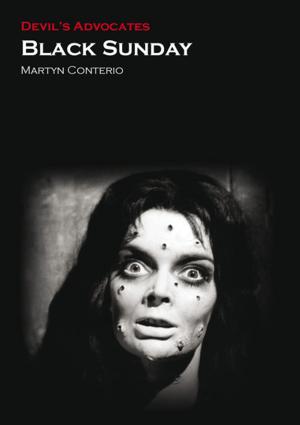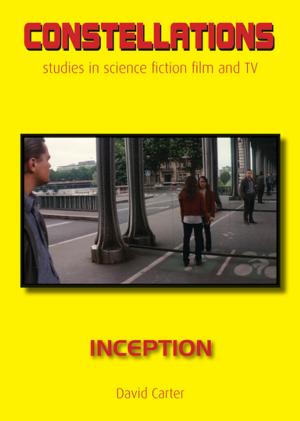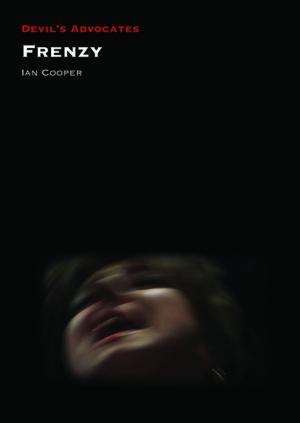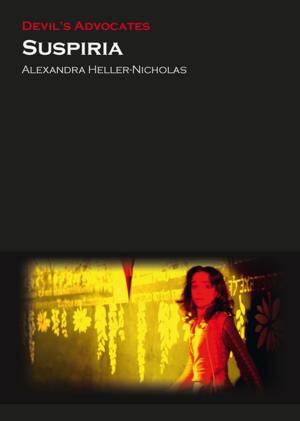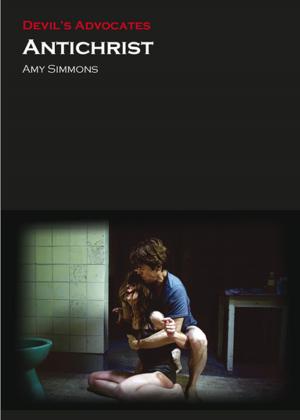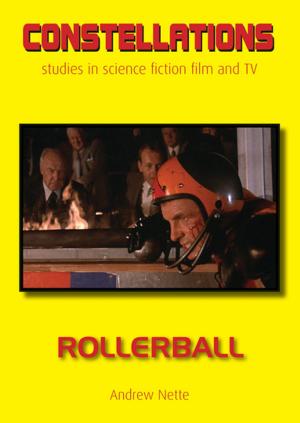| Author: | Stephanie Muir | ISBN: | 9781911325208 |
| Publisher: | Auteur | Publication: | August 8, 2008 |
| Imprint: | Auteur | Language: | English |
| Author: | Stephanie Muir |
| ISBN: | 9781911325208 |
| Publisher: | Auteur |
| Publication: | August 8, 2008 |
| Imprint: | Auteur |
| Language: | English |
A leading example of a resurgent Latin American cinema – 'la buena onda' – in the early twenty-first century, City of God was a huge international popular and critical success. A combination of intoxicating, Hollywood-style genre film-making and hard-hitting, social-realist subject matter, it was hailed as a masterpiece at Cannes in 2002 and seen by over 3 million people in Brazil, including the Brazilian cabinet.
In Studying City of God, Stephanie Muir considers the historical and industrial context of City of God – a brief history of Latin American cinema is followed by a more detailed account of film-making in Brazil – from light-hearted travelogues to Cinema Novo and after – all in the context of increasing globalization. She analyzes narrative and genre – how the film uses the components of narrative in a complex way, experimentally manipulating time while using traditional genre conventions that are highly recognizable to mainstream audiences. The formal elements of the film are dissected through a detailed illustrated analysis of the kinetic, scene setting opening sequence. She also discusses audience responses – from establishment critical reaction to fan-based Internet sites and student feedback – and issues of representation and ideology – just how 'authentic' can a film such as City of God hope to be? Does its style overwhelm its subject matter?
A leading example of a resurgent Latin American cinema – 'la buena onda' – in the early twenty-first century, City of God was a huge international popular and critical success. A combination of intoxicating, Hollywood-style genre film-making and hard-hitting, social-realist subject matter, it was hailed as a masterpiece at Cannes in 2002 and seen by over 3 million people in Brazil, including the Brazilian cabinet.
In Studying City of God, Stephanie Muir considers the historical and industrial context of City of God – a brief history of Latin American cinema is followed by a more detailed account of film-making in Brazil – from light-hearted travelogues to Cinema Novo and after – all in the context of increasing globalization. She analyzes narrative and genre – how the film uses the components of narrative in a complex way, experimentally manipulating time while using traditional genre conventions that are highly recognizable to mainstream audiences. The formal elements of the film are dissected through a detailed illustrated analysis of the kinetic, scene setting opening sequence. She also discusses audience responses – from establishment critical reaction to fan-based Internet sites and student feedback – and issues of representation and ideology – just how 'authentic' can a film such as City of God hope to be? Does its style overwhelm its subject matter?


